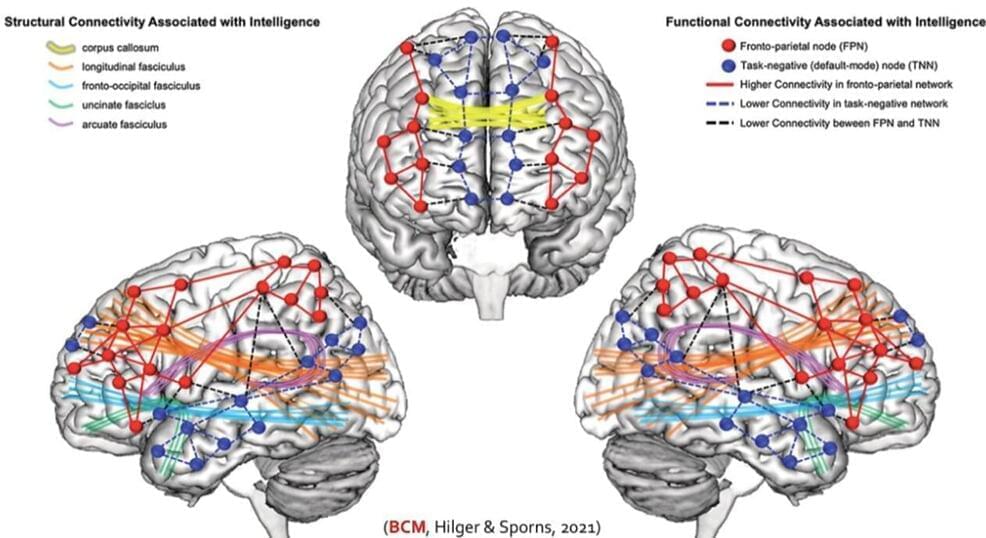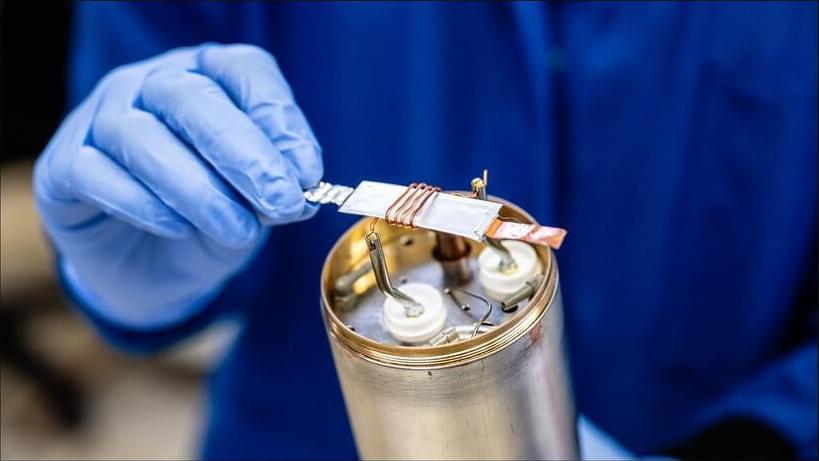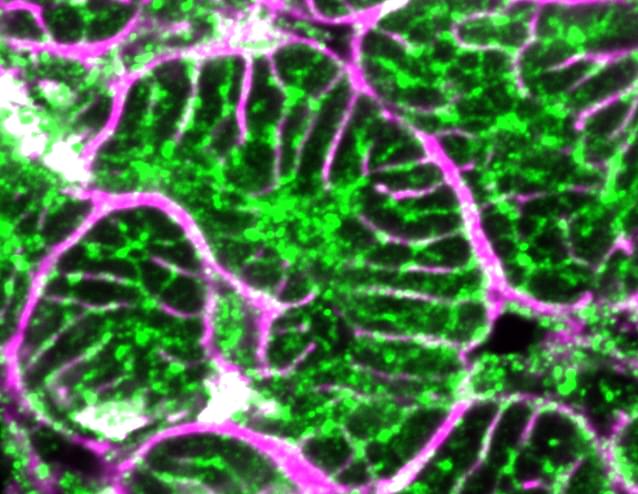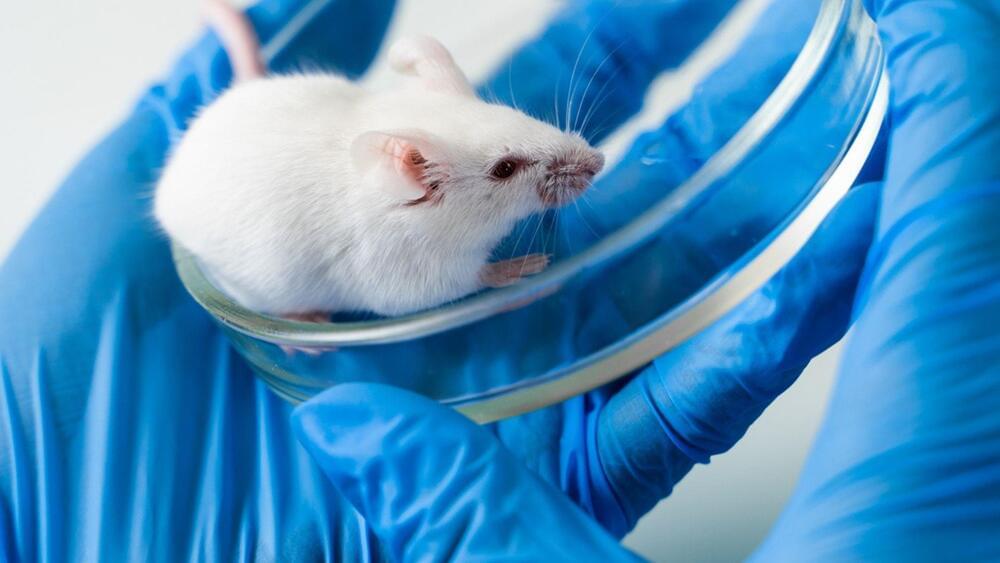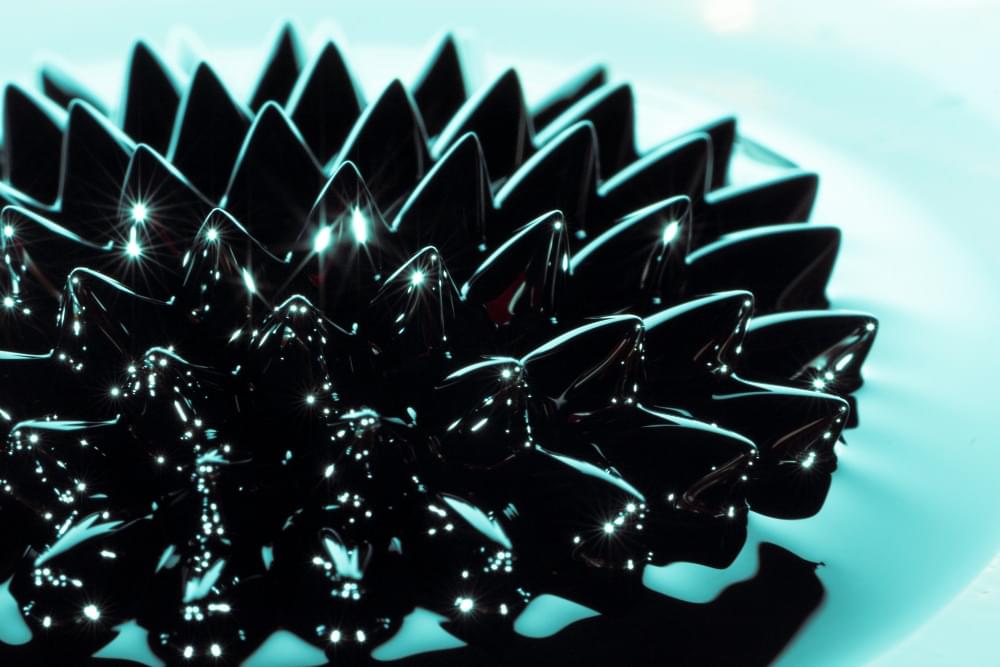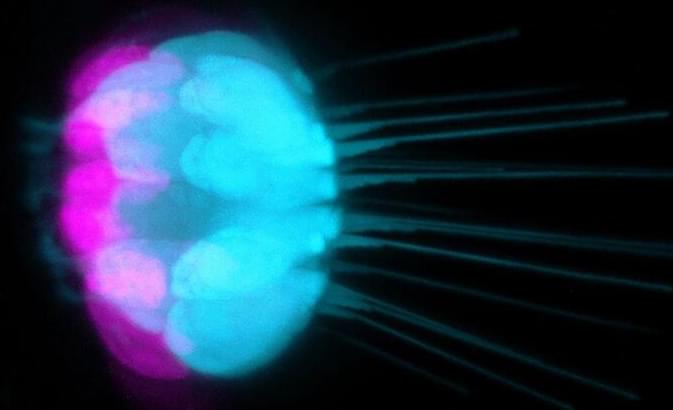Dec 10, 2024
Neuroscientists develop machine learning models to predict human intelligence
Posted by Omuterema Akhahenda in category: robotics/AI
AI can predict human intelligence by looking at the connections of a working human brain. Neuroscientists can predict intelligence from brain structure and function—to a point. Previous studies have suggested that intelligence is widely distributed across the brain.
Kirsten Hilger and colleagues used machine learning models to predict multiple kinds of intelligence from brain connections of 806 healthy adults while resting and while completing tasks. The article is published in PNAS Nexus.
Fluid intelligence includes inductive and deductive reasoning abilities that do not rely on context, while crystallized intelligence reflects the ability to apply knowledge from individual experience and culture. General intelligence captures both types of intelligence.
